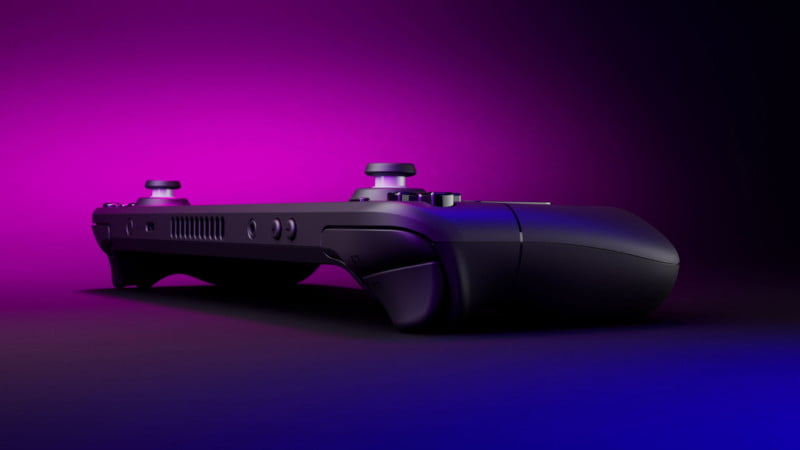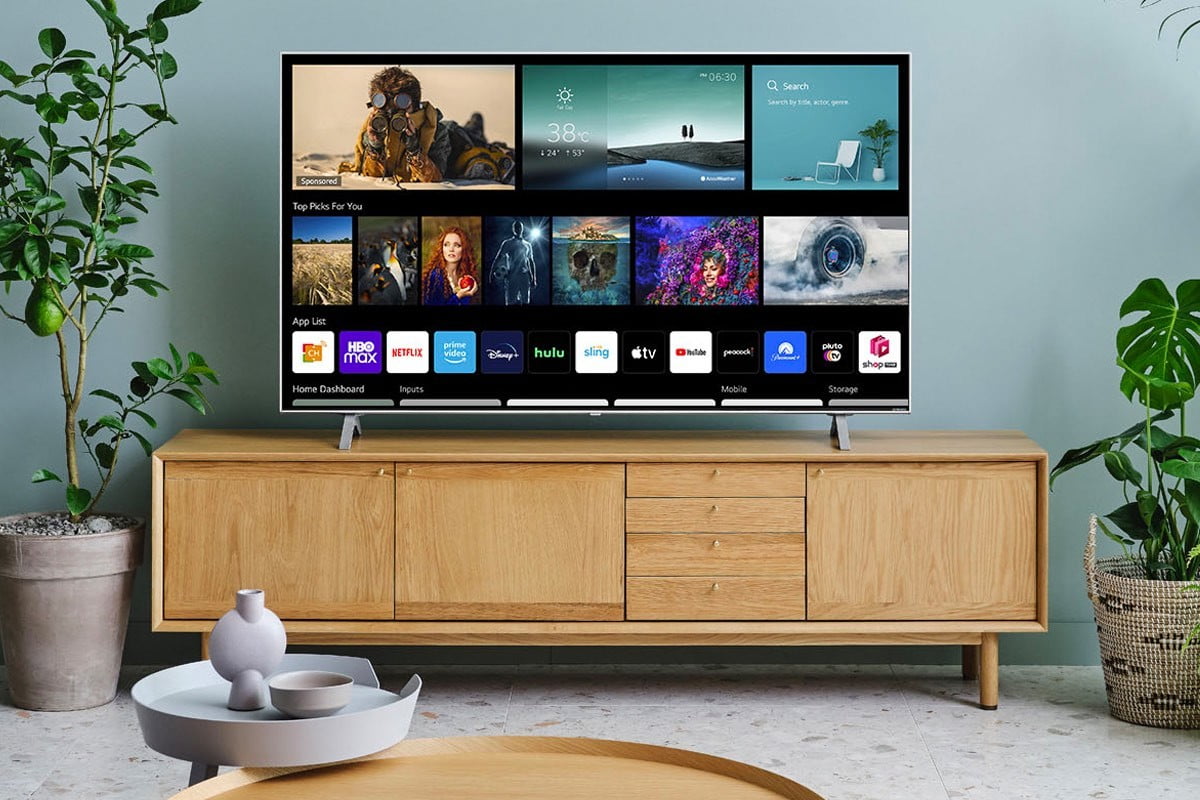Recently, the handheld gaming market has been absolutely dominated by the Nintendo Switch, a system that has surpassed 100 million units sold. It’s a popular device for a reason, but now, a new competitor has joined the fray, the Valve Steam Deck, a handheld gaming device that plays Steam games. Both machines have a lot in common, but if you’re on the fence, you’ll want to be familiar with each device so you can make an informed buying decision.
That’s where we come in. Here, we’ll dive into the nitty-gritty of each machine, including their specs, features, games, prices, and more. So, which system is better — the Nintendo Switch or the Steam Deck? Let’s find out.
Recommended reading
Specs
Design and features
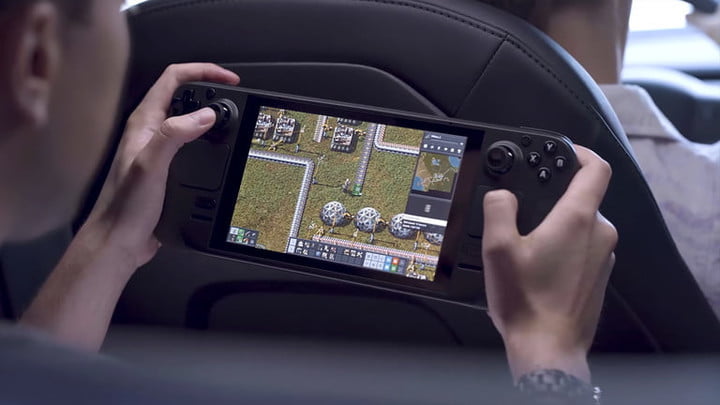
On the surface, the Nintendo Switch and Steam Deck might seem like similar machines, but the two are vastly different from one another. Sure, they both allow you to play games on the go, but each one is targeted at different audiences. The Steam Deck is certainly a premium machine, focused on a wide variety of PC games, from family experiences to action games and massive RPGs. Because of this, the system itself is quite large, weighing more than twice as much as the standard Switch with the Joy-Con attached.
Speaking of Joy-Con, these small controllers can combine into one, feeling much more like a traditional gamepad. Or, you can split them up to use individually, meaning each Switch comes with two usable controllers right out of the box. The Steam Deck doesn’t have anything like this and is primarily intended for solo play.
The Switch is — as its name suggests — a versatile machine that allows you to “switch” across multiple play styles. This means you can detach the Joy-Con to play in tabletop mode, dock the system to the TV to play on the big screen, or play it in handheld mode. The Steam Deck, by default, is only usable in handheld mode, but a dock will be available sometime in spring 2022, mirroring the Switch’s best feature.
Along with that, the Steam Deck has a few more bells and whistles when compared to the Switch. For starters, the Steam Deck features a trackpad on either side of the screen, just below each thumbstick. These are designed to support games that feature touch controls despite featuring a touchscreen as well. On the back of the machine is a set of four buttons, which can be mapped and customized to your liking.
The Nintendo Switch is slimmer and easier to carry around. It utilizes digital downloads or proprietary game cartridges, along with microSD support to enhance its memory. The Steam Deck also supports microSD cards, but since it only allows for digital downloads, memory is much more important. When you utilize a cartridge on Switch, it doesn’t take up system memory (aside from any optional updates that need to be installed).
When it comes to performance, the Steam Deck comes out on top, supporting 1280p x 800p resolution, while the Switch caps out at 720p in handheld mode (and 1080p when docked). Ultimately, this might not make much of a difference depending on the games you play, but it’s worth noting that third-party experiences will likely look and run better on Steam Deck.
Ultimately, both are fantastic, with fan-favorite features that work for different players. The Switch takes a simpler approach and aims to target a wider audience, while the Steam Deck is largely meant for more “hardcore” players, which is apparent in its design and features.
Controllers
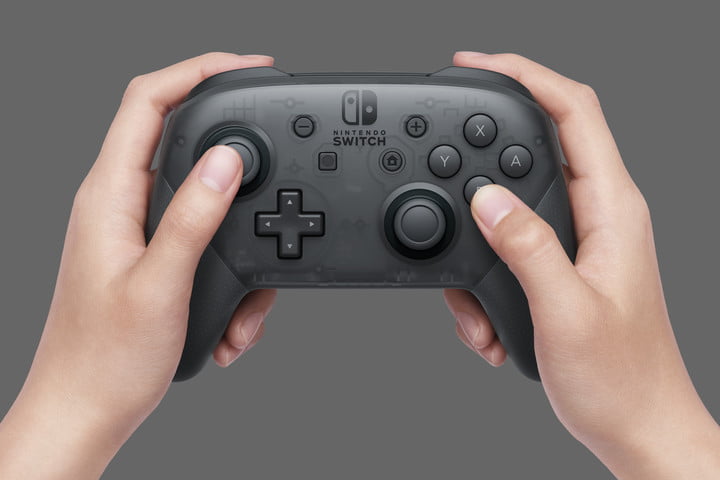
When it comes to controllers, there’s no shortage of options available for Nintendo Switch. Choice is at the heart of the Switch experience, with various gamepads, Joy-Con, and controllers available to suit your needs. The Pro Controller is arguably the best, as it resembles a traditional gamepad you’d use on a PlayStation or Xbox. But if you’re looking to game on a budget or want something a little flashier, you’ve got plenty at your disposal on Switch. You can use wired or wireless controllers, though your selection is limited to Switch-specific options.
The Steam Deck, on the other hand, is arguably better in this regard, since it pretty much works with any modern gamepad, both wired and via Bluetooth. The thing is that it’s sometimes not as intuitive to get a controller to work with the device as it is on Nintendo Switch, but if you’re willing to figure it out, you’ll likely appreciate the Steam Deck’s versatility.
Both have a plethora of options, but you’ll have significantly more on Steam Deck.
Games
One of the most important aspects when deciding between the two devices is the list of games available for each. Nintendo has a rich pedigree, with a long list of high-quality series available on Switch. These are series like The Legend of Zelda, Super Mario, Pokémon, Animal Crossing, Mario Kart, Metroid, Kirby, and Fire Emblem, to name a few. Nintendo’s primary strength is its first-party games, and the Switch is proof of that. There’s a reason why so many Nintendo-published games have sold tens of millions of copies on Switch, such as Animal Crossing: New Horizons, Mario Kart 8 Deluxe, and The Legend of Zelda: Breath of the Wild.
While Nintendo Switch does certainly focus on first-party games, a number of third-party offerings are available on the machine as well. However, your mileage will vary in terms of selection and quality. There are some modern releases like Doom Eternal, Fortnite, and Immortals: Fenyx Rising that run well enough on Switch, but other games like The Outer Worlds aren’t up to snuff, unfortunately. The system also has a slew of older third-party games like BioShock, Borderlands, and The Witcher 3, but again, the selection is hit or miss. Many modern third-party games skip the Switch entirely since the system isn’t powerful enough to support them, which is one of the machine’s biggest flaws.
The Steam Deck, on the other hand, is sort of the opposite in that it supports nearly every game available through Steam. You can check the full list of verified games on the Steam site. There are some limitations here and there, but for the most part, the library is robust, including most modern releases like Elden Ring, Tunic, and even God of War, which recently launched on PC. You won’t find any of Nintendo’s main franchises available on Steam, so you’ll need to make a choice, ultimately. Do you want some of the best first-party Nintendo games of all time, or do you want a robust library of third-party games that look and run surprisingly well on a handheld? The thing is that even if a game is available on both systems like Apex Legends, for example, it will almost always look and run better on Steam Deck since it’s a PC.
Price
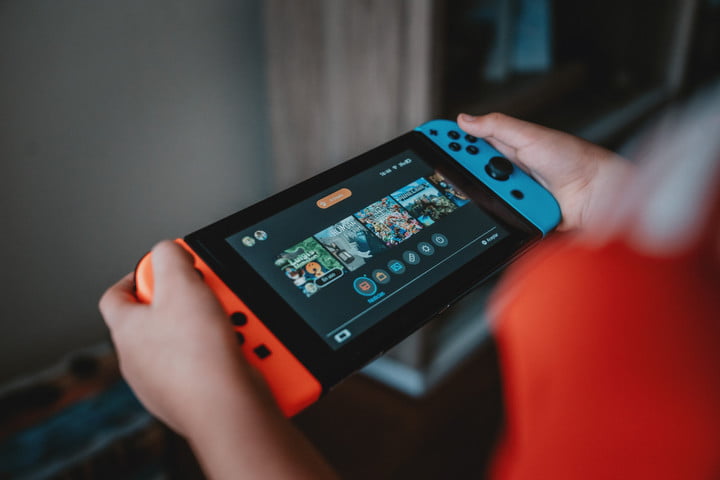
Arguably the most important factor for many consumers is price. What good is a machine with all the bells and whistles if you can’t afford it? In this category, the Switch wins by a significant margin. The standard Nintendo Switch costs $300, so even if you want a couple of games, you can get away with spending less than $400 to start. The Steam Deck has a few SKUs, a $399 option that comes with 64GB of memory, a $529 edition with faster storage and 256GB of memory, and a $649 version with the fastest storage and 512GB of memory. Even the least-expensive Steam Deck is more expensive than a Switch and multiple games.
Of course, you get what you pay for, and in this case, having a large portion of the Steam library at your disposal is a huge win. The other factor to consider is that if you already own Steam games, most of them are likely playable on the Steam Deck right away. You can absolutely get away with buying the machine and playing the Steam games you already own.
The other factor to consider is buying accessories. The Steam Deck has fewer options, but you might want a controller or the optional dock when it launches in the spring of 2022. The Switch has lots of controllers, carrying cases, additional memory, amiibo, and lots of other accessories you might want to buy, which tend to add up quickly.
The final point is that you can easily walk into a store and find Switch systems available. While they do sell out from time to time, it’s far easier to get your hands on a Switch than a Steam Deck. Currently, you still have to pre-order your Steam Deck, with an expected delivery of October 2022 or later. So, unless you’ve already reserved one in 2021, you likely won’t get your hands on a Steam Deck any time soon. That, alone, might sway you toward buying a Switch instead.
Conclusion
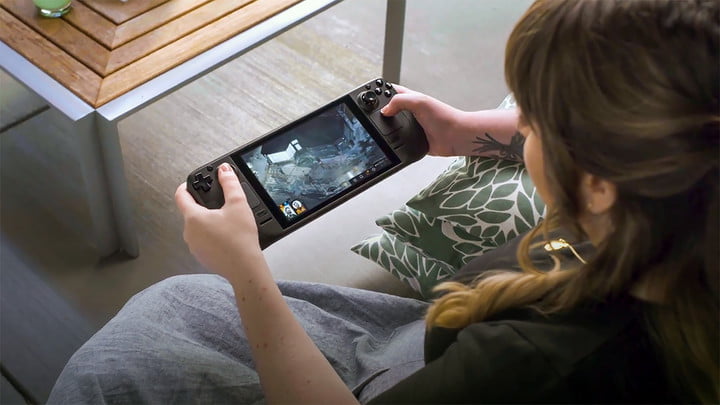
The Nintendo Switch and Steam Deck are truly different beasts that are marketed to different audiences. Sure, both offer exciting gaming experiences on the go, but the Switch is more so meant for exclusive Nintendo games, indies, and the occasional third-party experience, while the Steam Deck is focused on a wider variety of games. If you’re wanting to jump from indie to mature RPG to competitive online shooter, the Steam Deck will likely be your best bet (if you can find one). Otherwise, if you’re looking for more of a casual experience that you can enjoy with friends locally, you should go with the Switch instead. Both machines are incredibly good at what they do, so you’ll want to choose one based on your preferred game library and features, as well as price.
When it comes to sheer game variety, the Steam Deck certainly comes out on top, but it’s hard to ignore the Nintendo Switch’s excellent assortment of first-party offerings.
